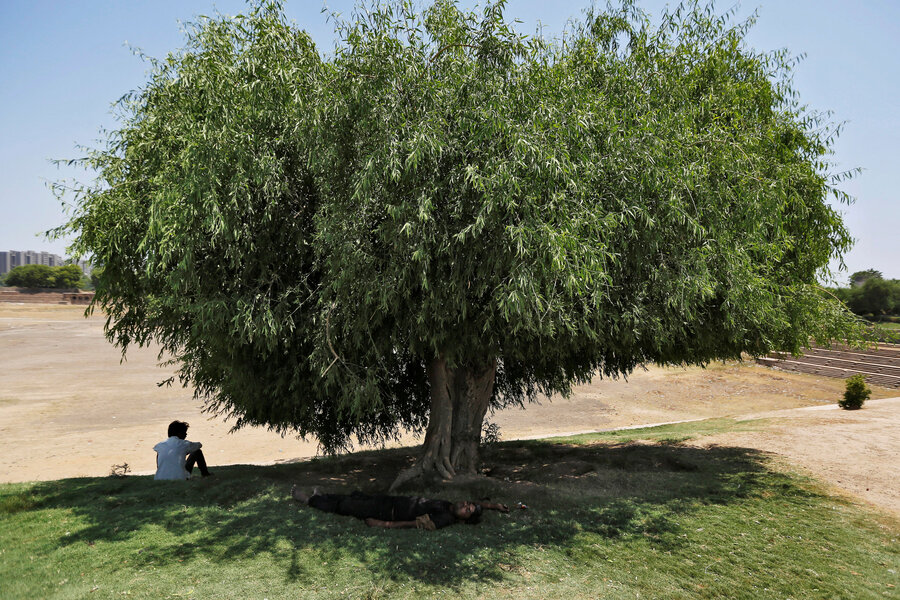Shhh. Even trees need their zzzzz's, scientists say
If a tree snores in the forest, does it make a sound?
Ok, trees probably don't snore, but it turns out they might actually sleep, according to recent research.
Most living organisms respond to the variations in temperature and light that come during the nighttime. A team of researchers from Austria, Finland, and Hungary have discovered that trees might also need their shut-eye.
The researchers used laser scans and examined two different silver birch trees, one in Finland and one in Austria, to look for patterns. They used the lasers to monitor specific points on the trees and then created point cloud maps of the organisms’ movements and the surrounding forest canopies. What the researchers found is that the trees’ branches made very subtle but discernible movements at sunset, and again at sunrise.
“Our results show that the whole tree droops during night which can be seen as position change in leaves and branches,” Eetu Puttonen, of the Finnish Geospatial Research Institute, said in a press release. “The changes are not too large... but they were systematic and well within the accuracy of our instruments.”
Both the Finnish and Austrian trees slowly drooped beginning at sundown, and then gradually returned to their original position after sunrise. The researchers haven’t conclusively determined whether this is because they are capitalizing on the availability of sunlight for photosynthesis or the trees are actually following a circadian rhythm.
What is clear to the researchers, though, is that this isn’t a case of unusually high winds tossing the trees around. Both experiments were conducted under calm and clear conditions, where no wind or rain was observed.
The research team plans to use these findings to conduct future studies on the difference between trees’ water use at night and during the day, and whether their sleep patterns play a role.
"Understanding ecophysiological processes of individual trees, including their diurnal water use pattern and how this changes under water stress is becoming increasingly important for climate research," the researchers write in a paper published in the journal Frontiers in Plant Science.
“The next step will be collecting tree point clouds repeatedly and comparing the results to water use measurements during day and night,” Dr. Puttonen said. “This will give us a better understanding of the trees’ daily tree water use and their influence on the local or regional climate.”






